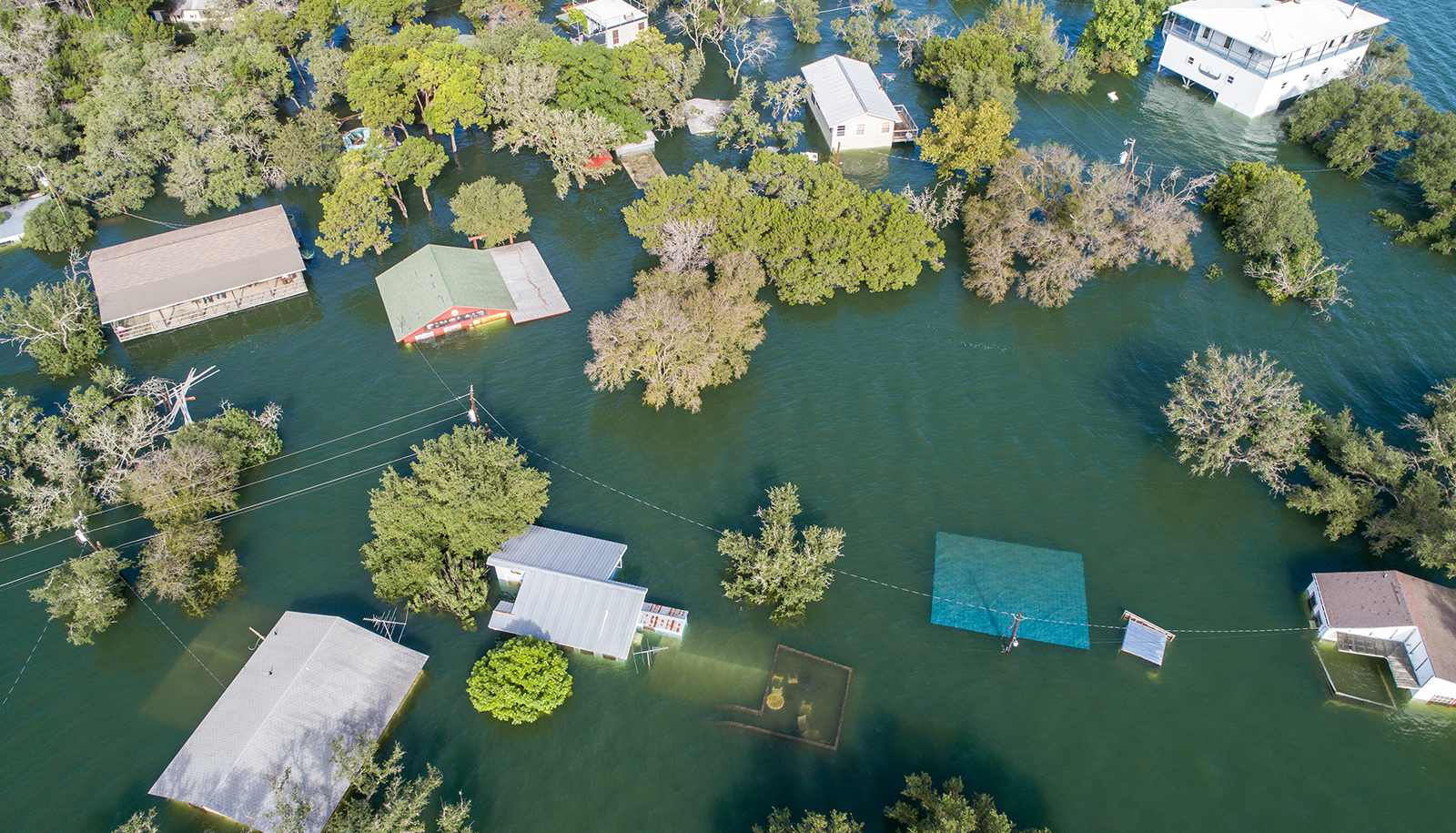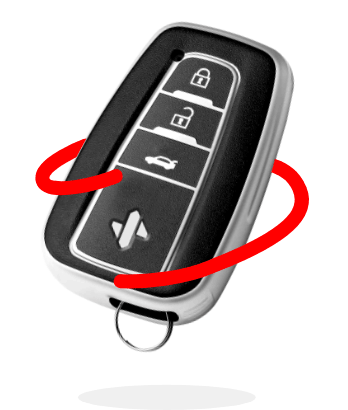Are you a homeowner based in a flood zone? If so, one vital piece of information can be incredibly valuable when navigating the complexities of flooding and your home insurance policy: base flood elevation (BFE).But what does BFE mean for homeowners like you? This post will outline exactly what BFE is all about, how it relates to your insurance coverage and premiums, as well as where you can find the exact BFE number for your home. Get ready for a deep dive into understanding this crucial concept.
WHAT IS THE BASE FLOOD ELEVATION LINE (BFE)?
Have you ever wondered how high the floodwater will rise during a storm around your home? That’s where Base Flood Elevation (BFE) comes in handy.
BFE is a critical measurement used by the Federal Emergency Management Agency (FEMA) to help determine the risk of flooding in a specific area.
Base flood elevation is defined as the height that water is expected to rise during a 100-year flood event, also known as the Base Flood. By being informed about BFEs, communities are better equipped to develop floodplain regulations and prepare for potential flooding.
How To Find Your Home’s BFE Number
One of the critical pieces of information you need to have is your home’s BFE number. This number reflects the elevation at which your property has a 1% chance of flooding during any given year.
Your BFE number is determined by FEMA and is used to set flood insurance premiums and building codes. To find your home’s BFE number, you can consult the FEMA Flood Zone Insurance Rate Maps, which can be accessed online or through your local government.
You’ll need to know your property’s address or a nearby intersection to find the correct map. Once you’ve located the map, look for the accompanying legend to identify your home’s BFE number. Being aware of your property’s flood risk is an essential step in protecting your investment.
HOW DOES BFE AFFECT INSURANCE PREMIUMS?
Living in a flood zone can be a challenging experience for homeowners and businesses alike, who must constantly contend with the risks of flooding and its associated costs. One factor that plays a significant role in this equation is the Base Flood Elevation.
BFE affects insurance premiums and coverage in flood zones, as it impacts the perceived risk of flooding at a particular property. A home or business above the BFE can cause lower insurance premiums and more comprehensive coverage. Conversely, properties below the BFE may face higher premiums and more limited coverage options.
Property owners in flood zones need to understand the implications of BFE on their insurance premiums and coverage, so they can make informed decisions to protect their homes and businesses from the risks of flooding.
The Importance Of Accurately Measuring BFE to Ensure Proper Coverage
For flood insurance, calculating the right BFE is crucial. Inaccurate BFE measurements can cause inadequate coverage, leading to significant financial losses in the event of a flood.
Underestimating the BFE can also give property owners a false sense of security, leading them to believe that they are not at risk when, in fact, they are. So, measuring BFE accurately is essential to prevent these potential problems and ensure proper insurance coverage.
What To Do If Your Base Flood Elevation Level Is Inaccurate
If you live in a flood zone, you’ve now learned that it’s important to know your property’s Base Flood Elevation (BFE) to properly insure and protect your home. However, if you discover that the information about your property’s BFE is inaccurate or missing, you may feel unsure about what steps to take next.
First, contact your local floodplain administrator or county engineer to get the correct information about your property’s BFE. It’s also important to document any discrepancies or issues you encounter during this process.
Once you have the correct information, you can take steps to adjust your flood insurance policy accordingly and ensure that your home is properly prepared for potential flooding.
When it comes to Base Flood Elevations (BFE), it’s important to remember that you should always know your home’s BFE number to ensure proper and accurate coverage for your property. If you have any reason to believe that the BFE information of your property is inaccurate or missing, it’s important to take immediate steps to rectify the situation so that you don’t become vulnerable to flooding and lack of coverage.
By understanding exactly what BFE means and how it works, you can help prevent increasing numbers of homeowners and businesses from becoming victims of flooding disasters. Ensure you have all the information about your BFE to confidently move forward in protecting yourself and your property against floods and their often devastating consequences.
And if you need help finding the best homeowners insurance coverage for the best price, start by speaking to a SimplyIOA agent at 833.872.4467 or get a homeowners insurance quote online now.











